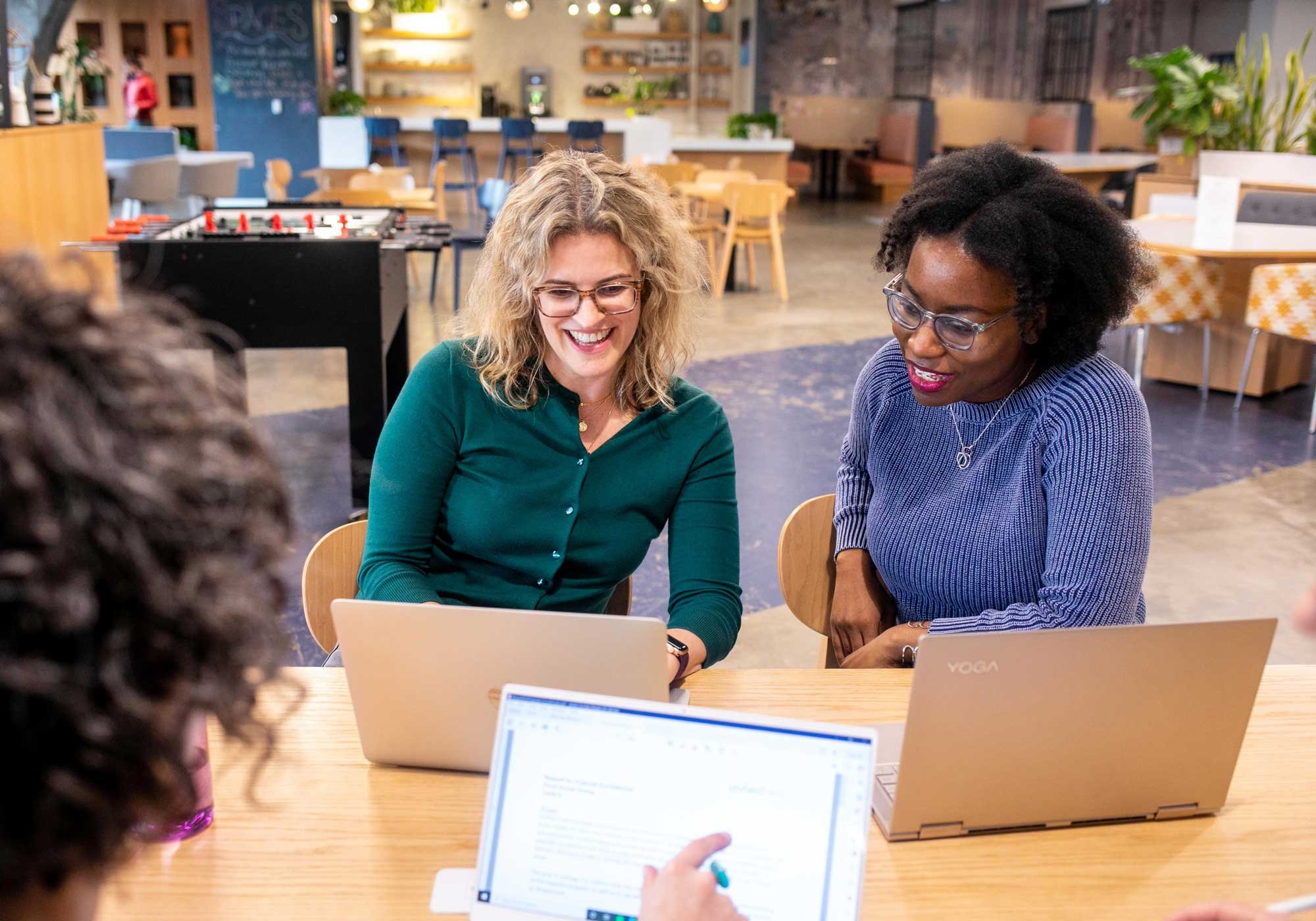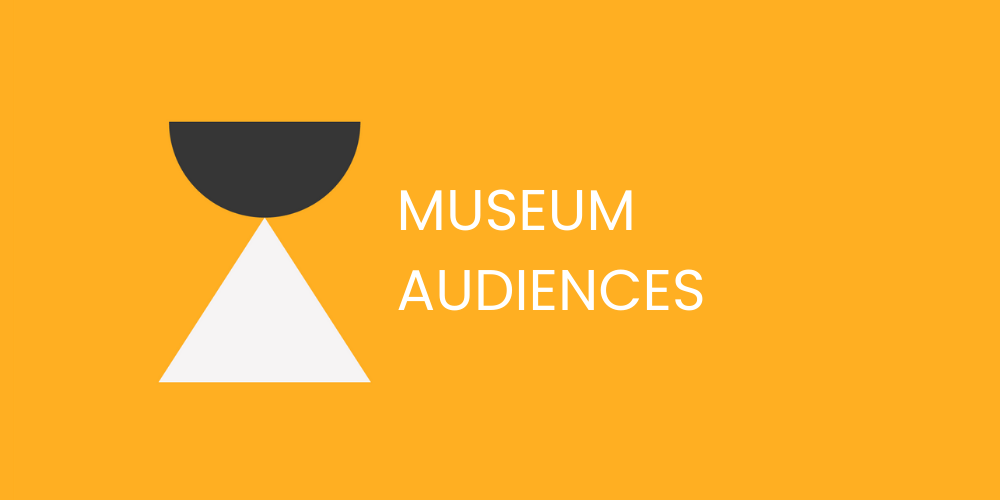
A space for our community to learn alongside us
Insights | Publications | Tools
The latest from our team
What Do We “Know” About Museum Audiences?
In reviewing our recent blog posts, I realized that we don't talk as often about museum audiences as I would have expected. This surprised me because—as a company with over 35 years of history—we have learned so much about museum audiences over the years. We also advocate for museums to center their work around people! Therefore, I wanted to tap into our collective knowledge and share some key insights about museum audiences.
Field Trip Evaluation and Creative Problem Solving
Anyone who manages museum field trips will tell you that even with the best laid plans, some unpredictable logistical challenge will come up. Now, as someone who evaluates students’ and teachers’ experiences on museum field trips, these challenges bring up a whole new crop of questions and potential solutions. I wanted to share some solutions to a few common field trip evaluation challenges in the hopes that whether you’re a field trip program manager, educator, internal evaluator, or external evaluator you can find the best ways to continuously evaluate school field trips—even when the bus doesn’t show!
Are We Asking The Wrong Question About Impact?
Impact is the positive difference something (like a museum) makes in people’s lives. It’s how people’s lives are somehow better because of an experience, interaction, or intervention.
I most often hear impact referenced in the museum field in terms of measurement. Questions like these are common:
How can we measure our museum’s impact?
How can we demonstrate our impact?
Implicit in these questions is the assumption that impact is happening, and that the real puzzle is in figuring out how to prove it to others.
But, what makes you so sure impact is happening? And what do you mean by impact in the first place?
You Need a Logic Model
Museum educators, does any of this sound familiar?
You care deeply about making a positive difference in museum audiences’ lives, yet...
You are pulled in many directions by competing needs and agendas
You have limited resources and capacity
You need to raise money to fund your programs
You feel you are having a positive impact but you have no evidence, and
You have been told to consider expanding or scaling up your program
If any of these are true of your museum program or department, you probably need a logic model.
Understanding Museum Audiences Through Cluster Analysis
We have seen a surge in requests for audience research projects over the last couple of years. All types of museums, from science to history to botanic gardens, are asking for studies that can help them understand more about their visitors. And with this flurry of audience research projects, we have been doing a lot of thinking about museums and their audiences.
Audience-Centered Strategy: Composites
A common mantra of mine is that museums can’t be all things to all people. For a museum to have real impact in the world, it must prioritize the audiences that are most important to it, construct a clear picture of who they are, and allocate resources to support those people.
Museums Can’t Be All Things to All People: The Power of Psychographics
The idea that “you can’t be all things to all people” can feel paradoxical. Few people would disagree, but when push comes to shove, it can be hard to fully embrace. Museums, in particular, have a hard time surrendering to this notion because of their desire to be seen as inclusive by providing something for everyone; the need to attract funding, grants, and donations; and an over-reliance on using attendance numbers as markers of success.
Climate Solutions: How Audience Research Helped Us Support Visitors in Envisioning Alternate Climate Realities
In this article, Katie Chandler and co-authors Jen Kretser and Stephanie Ratcliffe explain how early audience research and evaluation shaped The Wild Center's strategies and messaging as it developed a new exhibition focused on climate change solutions.
What is the Value of Audience Research?
My colleague recently asked for suggestions on resources to share with a client about audience research. We had no shortage of suggestions for resources about conducting audience research, but we lacked resources about the value of audience research for museum practitioners.
How Do You Create Meaningful and Fulfilling Community Partnerships?
What makes a community partnership effective? How do you build genuine, reciprocal relationships with your visitors and local organizations? How do you work toward a common goal with your local community? I have been invested in these questions throughout my career—as an intern at museums and now as a researcher at a museum evaluation firm.
Why You Should Evaluate Your Long-Standing K-12 Museum Programs
From my years as a museum educator, I know well that program evaluation is one of those things that we know is important, but often find hard to prioritize. Program managers juggle a million responsibilities just to get a program off the ground, and it can feel overwhelming to also have to dedicate time and resources towards assessing a program’s impact once it’s running.
Are You Sure That’s a Good Idea?
Museum professionals are the original content creators. They are extremely passionate and possess special knowledge and expertise. These characteristics, in combination with museums’ collections, are a perfect recipe for idea generation. I’ve been in many meetings where the energy exuding from museum professionals about potential new programs, exhibitions, apps, or other initiatives is captivating and contagious.
Making a Difference: Articulating Audience Outcomes
In our work at Kera, we often ask museum practitioners to articulate audience outcomes as a starting point for planning and evaluation. Audience outcomes are the difference a museum intends to make in its audiences’ lives through an experience (like an exhibition or a program).
How Museums Can Harness TikTok To Diversify Their Audiences
With a majority of TikTok users belonging to Gen Z, the platform can be a great way to pull in younger, diverse audiences that may not be as involved in or aware of museum happenings. Yet, social media moves at a hyper fast pace, with new trends appearing every day and heavily saturated feeds. Understandably, getting started on TikTok may seem daunting.
A Cautionary Tale About Audiences and Assumptions
Most museums have a generalized notion of their audiences. They may broadly refer to “families,” “empty nesters,” “locals,” and “tourists.” But those broad categories tell us very little about what audiences value, care about, and believe in.
Can We Please Stop Saying that Museums are “Trusted”?
It’s been about a year since the American Alliance of Museums (AAM) and Wilkening Consulting published “Museums and Trust 2021.” The report states that museums continue to be regarded as “highly trustworthy.” This statement made me uncomfortable last year and continues to bother me now.
Why Visiting a Museum Exhibition is More like Taking a Hike than Reading a Book
Too often, I see that exhibitions are developed in a way that assumes visitors will experience them like a book. However, results from hundreds of summative exhibition evaluations tells me that visiting an exhibition is more analogous to taking a hike than reading a book. Here are four ways museum visitors experience exhibitions like hikes rather than like books.
How Can Education Programs Help Bridge the Digital Divide?
Ebony Bailey and Kerry Sautner explore how museums sought to address the digital divide made deeper by the pandemic, and how ongoing commitment to access, equity, and partnerships allowed educators to shift in new ways to support their regular audiences.
Gen Z are Values-driven: What does this mean for Cultural Institutions?
Gen Z is values-driven and cultural institutions will have to put their values at the forefront in order to connect with and engage directly with this generation.
When Disaster Strikes: Assistance by Museums Nearby
Emlyn recalls how Liberty Science Center, located across the lower Hudson from Manhattan and where he was President & CEO from 1996-2011, assisted the next-of-kin and surrounding community in the aftermath of the terrorist attacks on the World Trade Center on and after September 11, 2001.










